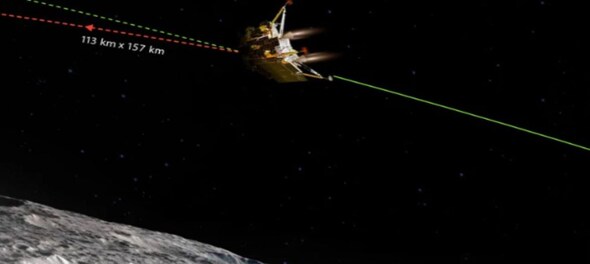
Chandrayaan 3's Lander 'Vikram' and rover 'Pragyan' are scheduled to touch down on the lunar surface today evening. The tasks for the duo have been cut out —the lander has the capability to touch down at a specified lunar site and deploy the rover, which will carry out in-situ chemical analysis of the lunar surface during the course of its mobility.
Here we discuss what the duo will do once they reach the earth's only natural satellite.
The lander and the rover have scientific payloads to conduct experiments on the lunar surface. The main function of the propulsion module was t carry the lander module from the launch vehicle's injection till the final lunar 100km circular polar orbit and separate the two, which it did. Apart from this, the propulsion module also has one scientific payload — Spectro-polarimetry of Habitable Planet Earth (SHAPE) — to study the spectral and polari metric measurements of Earth from the lunar orbit, as a value addition.
Following are the major specifications of the lander and rover.
Lander
Rover:
First Published: Aug 23, 2023 12:08 PM IST
Check out our in-depth Market Coverage, Business News & get real-time Stock Market Updates on CNBC-TV18. Also, Watch our channels CNBC-TV18, CNBC Awaaz and CNBC Bajar Live on-the-go!


BJP's Hindi heartland dominance faces test in phase 3 polls
May 2, 2024 9:14 PM
Lok Sabha Election: Re-elections at a Ajmer booth after presiding officer misplaces register of voters
May 2, 2024 4:54 PM

